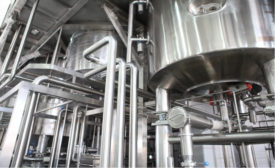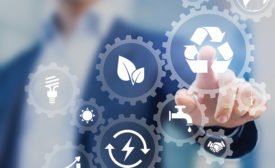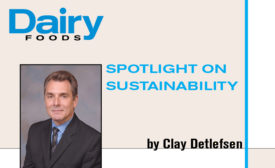Home » Keywords: » water conservation
Items Tagged with 'water conservation'
ARTICLES
Three ideas to make your dairy plant more sustainable
Taking steps toward zero net emissions, using water efficiently and maintenance for the sustainability are of the utmost urgency.
April 27, 2023
New technologies boost dairy sustainability from farm to table
The first carbon-neutral milk was introduced in 2021.
December 13, 2021
Dairy processors take steps to become more sustainable
Dairy processors are taking steps to increase energy-efficiency, improve packaging sustainability and conserve water
May 21, 2019
How dairy processors can reduce water waste
Dairy processors could look to new technologies to address water sustainability challenges
May 14, 2018
The case for competitive bidding
Legislation under review in Pennsylvania could help the state dramatically reduce nitrogen runoff while reducing overall compliance costs.
October 13, 2017
Stay ahead of the curve. Unlock a dose of cutting-edge insights.
Receive our premium content directly to your inbox.
SIGN-UP TODAYCopyright ©2025. All Rights Reserved BNP Media.
Design, CMS, Hosting & Web Development :: ePublishing

.jpg?height=168&t=1721644858&width=275)









